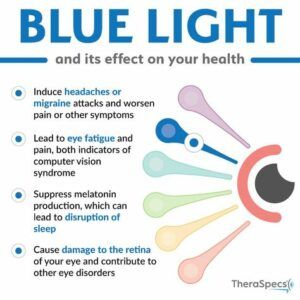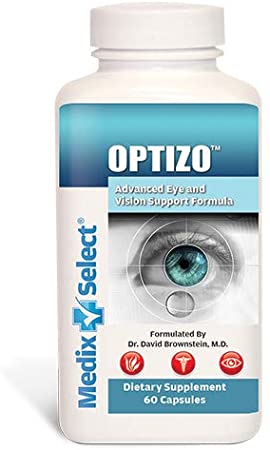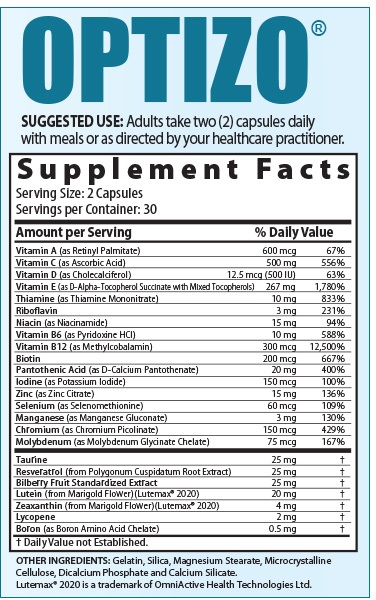Caffeine – We have all heard about it. But, how much do we really know? For example, did you know that caffeine is a drug? Not only a drug but a psychoactive drug! The purpose of this article is to inform all about caffeine.
What is Caffeine?
As already mentioned, caffeine is a drug. More specifically, a central nervous system stimulant that is most commonly found in tea, coffee, and cacao plants. It works by stimulating the brain and central nervous system, aiding an individual to stay alert and prevent the advent of tiredness and fatigue. It is in the class of drugs known as methylxanthines. These drugs are generally used in the treatment of non-obstructive lung pathology.
Unlike numerous other psychoactive matter, it is permitted and unregulated in practically all parts of the world. Presently, of the world population, 80% consumes a caffeinated product each day, and this number increases to 90% for adults in North America.
Where does Caffeine come from?
Caffeine is a substance that is bitter and occurs naturally in more than 60 plants including
- Coffee beans used for coffee
- Cacao pods used to make chocolate products
- Kola nuts used to give flavor to soft drink colas
- Tea leaves
Caffeine is naturally found in the seeds, nuts, or leaves of these particular plants. These natural resources are next harvested and developed to yield caffeinated foods and beverages.
Additionally, there is also artificial (man-made) caffeine that is added to a variety of medicines, foods, and drinks. For instance, some over-the-counter pain aids or relievers, cold medicines, and other over-the-counter medicines for alertness contain synthetic caffeine. Additionally, one can discover caffeine in some prescription pain medications as well as a common ingredient in weight loss supplements, energy drinks, and “energy-boosting” gums and snacks.
Common Caffeine Bearing Products
Most individuals take in caffeine from drinks. The amounts of caffeine in different drinks can vary to a large degree, but it is usually as follows:
- Chocolate milk: 2–7 mg
- Coffee 8-ounce cup: 95-200 mg
- Cola 12-ounce can: 35-45 mg
- Decaffeinated coffee: 3–12 mg
- Energy drink 8-ounces: 70-100 mg
- Espresso: 240–720 mg
- Soft drinks: 20–40 mg
- Tea 8-ounce cup: 14-60 mg
- Yerba mate: 65–130 mg
How does Caffeine Work?
After consumption, caffeine is rapidly taken up from the gut into the bloodstream. After that, it travels to the liver where it is broken down into composites that can affect the function of various organs.
Caffeine’s main effect is on the brain. It functions by blocking the effects of adenosine, which is a neurotransmitter that relaxes the brain and makes an individual feel tired and fatigued. Normally, these adenosine levels build up over the course of a day, causing the body to be increasingly more tired and cause an individual to want sleep.
Caffeine on the other hand helps an individual to remain awake by linking to adenosine receptors in the brain without triggering them. This hinders the effects of adenosine, resulting in reduced fatigue.
It may additionally raise blood adrenaline levels and boost brain activity of the neurotransmitters dopamine and norepinephrine associated with happiness and behavior.
This combination additionally stimulates the brain and advances the states of arousal, alertness, and focus. Because it affects the brain, caffeine is generally referred to as a psychoactive drug.
How Does Caffeine Affect the Body?
Caffeine has numerous effects both good and bad on the body’s metabolism. They are listed below.
- Stimulates the central nervous system, which can make an individual feel more awake and supply a boost of energy as well as boost mood and brain function.
- It is a diuretic; in that, it helps the body dispose of extra salt and water by causing more urination.
- Increases the release of acid in the stomach, occasionally leading to an upset stomach or heartburn
- It can disturb the absorption of calcium in the body
- Increases the blood pressure

All About Caffeine – The Effects
A study reported that after contributors ingested 37.5–450 mg of caffeine, they had better alertness, short-term recall, and reaction time.
Another study connected drinking 2–3 cups of caffeinated coffee (providing about 200–300 mg caffeine) per day to a 45% lower risk of suicide.
Another study conveyed a 13% lower risk of depression in caffeine consumers.
More caffeine is not necessarily better regarding mood. A study found that the second cup of coffee produced no further benefits unless it was consumed ingested a minimum of 8 hours after the first cup.
Ingesting between 3–5 cups of coffee per day or more than 3 cups of tea per day may additionally reduce the risk of brain diseases such as Alzheimer’s and Parkinson’s by 28–60%.
Since it has the ability to invigorate the central nervous system, caffeine may step up metabolism by up to 11% and fat burning by up to 13%.
According to a study,
consuming 300 mg of caffeine per day may permit an individual to burn an additional 79 calories per day.
Caffeine may improve exercise performance by increasing the use of fat as fuel. The benefit of this is that it helps the glucose stored in muscles to last longer; possibly delaying the time it takes muscles to reach exhaustion. It may also enhance muscle contractions and increase easiness to fatigue.
In summary, consuming minuscule amounts of caffeine approximately an hour before exercise is likely to improve exercise performance.
Caffeine can also protect against heart disease and diabetes. According to a study, despite what has been said, caffeine does not raise the risk of heart disease (study, study).
Further, the evidence
indicates that a 16–18% lower risk of heart disease in men and women who ingest between 1–4 cups of coffee daily (providing approximately 100–400 mg of caffeine).
Additional studies indicate that drinking 2–4 cups of coffee or green tea per day is linked to a 14–20% lower risk of stroke (study, study).
To add one more thought, coffee and tea contain other bioactive compounds (in addition to caffeine) that may also be advantageous.
One thing to note is that caffeine may raise blood pressure slightly in some individuals. Nevertheless, this effect is generally minuscule (3–4 mmHg) and is likely to disappear gradually for most individuals when they consume coffee regularly (study).
Caffeine may also protect against diabetes. A review
noted that those who drink the most coffee have up to a 29% lower risk of developing type 2 diabetes. In the same way, those who ingested the most caffeine had up to a 30% lower risk.
The result of the observation is that the risk drops by 12–14% for every 200 mg of caffeine consumed.
Intriguingly, ingesting decaffeinated coffee was additionally linked to a 21% lower risk of diabetes. This indicates that other beneficial compounds in decaffeinated coffee can also protect against type 2 diabetes.
Coffee ingestion is linked to a number of other health benefits that include:
- Liver protection – Coffee can reduce the probability of liver damage (cirrhosis) by as much as 84%. It can slow the progression of the disease, enhance treatment response, and reduce the risk of premature death.
- Longevity – Ingesting coffee may decrease the probability of premature death by as much as 30%, especially for females and individuals with diabetes.
- Decreased cancer risk – Ingesting 2–4 cups of coffee daily can reduce liver cancer risk by up to 64% and colorectal cancer risk by up to 38%.
- Skin protection – drinking 4 or more cups of caffeinated coffee daily can lower the risk of skin cancer by 20%.
- Reduced MS risk – Coffee consumers can have up to a 30% lower risk of contracting multiple sclerosis (MS). But, not all studies agree (study).
- Gout prevention – Regularly ingesting 4 cups of coffee daily may reduce the risk of developing gout by 40% in men and 57% in women.
- Gut health – Drinking 3 cups of coffee a day for as little as three weeks may increase the amount and activity of good gut bacteria.
Again, note that coffee additionally contains other substances that improve health. Some of the benefits detailed above can be caused by substances other than caffeine.
Safety and side effects
The consumption of caffeine is generally regarded as safe. However, it is habit-forming and if ingested in excess can cause side effects.
Some side effects linked to excess intake include trouble sleeping, restlessness, anxiety, tremors, and irregular heartbeat.
Excess caffeine can also additionally cause high blood pressure, headaches, and migraines in some individuals.
Also, caffeine can easily cross the placenta which can increase the possibility of miscarriage or low birth weight. Therefore, women who are pregnant should restrict their intake.
Caffeine can also interact with some medications.
People consuming the muscle relaxant Zanaflex or the antidepressant Luvox should steer clear of caffeine because it can increase their effects.
Recommended dosages
Both the U.S. Department of Agriculture (USDA) and the European Food Safety Authority (EFSA) believe a daily intake of 400 mg of caffeine to be safe. This equals 2–4 cups of coffee per day. However, it is worth noting that fatal overdoses have been reported with single doses of 500 mg of caffeine. Therefore, it is recommended to limit the amount of caffeine consumed at one time to 200 mg per dose.
In accordance with the American College of Obstetricians and Gynecologists, pregnant women should limit their daily intake to 200 mg (report).
In Summary
Caffeine is not as unhealthy as it was once understood. Actually, the facts show that it may be just the opposite. Therefore, it is safe to consider a daily cup of coffee or tea as an enjoyable way to support good health.
All things in moderation is the safest road to travel!
Questions, comments, and concerns are welcomed below.
Good Health!!


